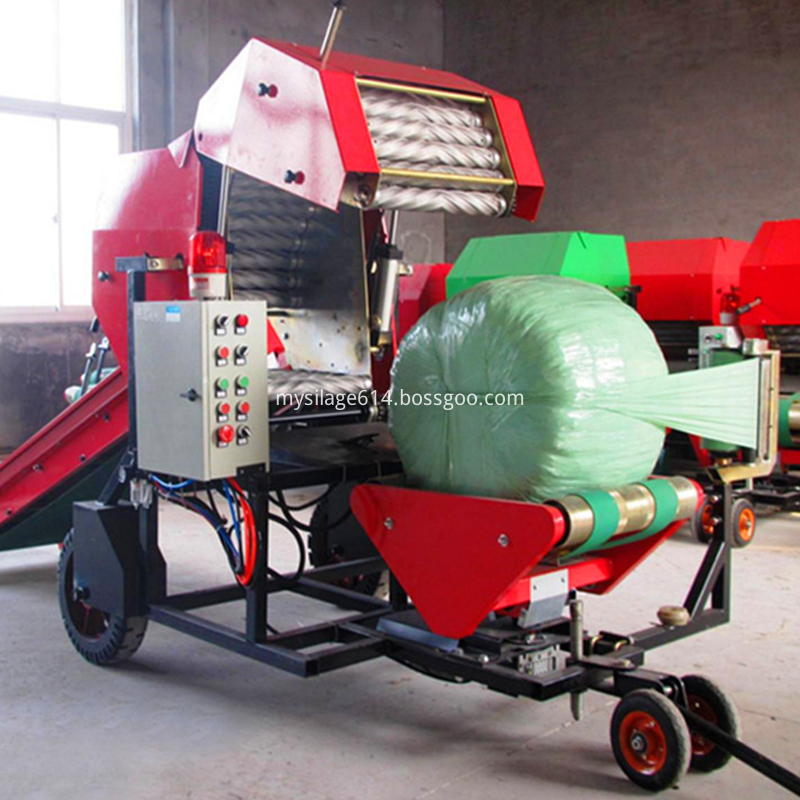Conventional feeding method Green fodder, concentrated feed and auxiliary materials can meet the needs of dairy cows to maintain nutrition. Concentrated fodder meets the nutritional needs of milk production. Dairy cows feed 1 kg of mixed concentrate per 3 kg of milk produced. This “feed according to milk†method is called Routine feeding method for dairy cows. This feeding method is suitable for cows with normal body condition and in the late lactation period. Feeding method From the 15th to the 20th day after the cow's birth, on the premise of taking green, coarse, and auxiliary materials, based on the actual nutritional needs of the maintenance and lactation of the milk feed, an additional 4.0 kg to 1.5 is added each day. A kilogram of mixed concentrate is used as a prepaid feed to increase milk production. During the whole lactation period of lactating cattle, the amount of concentrate feed increases with the increase of milk production, and the increase of the amount of concentrate does not increase the amount of lactation. This feeding method is called the advance feeding method, also known as short-term superior feeding method. This feeding method is suitable for cows that have a normal milk production and are in dry period. Challenge breeding During the dry period of normal feeding (feeding about 1.8 kg to 2 kg of dry concentrate feed), from the 2 weeks before the cow is expected to be delivered, 0.45 kg of mixed concentrate is added daily until the time of delivery. The amount of concentrate feed reaches 0.5% to 1.0% of body weight. After calving, if the body of the cow is normal, it may continue to increase 0.45 kilograms of mixed concentrate on a daily basis before feeding, until the increase of concentrate does not increase the amount of lactation or concentrate feed reaches free intake. However, the amount of roughage fed must not be less than 0.5% of body weight. After the milking period, gradually reduce the material. This breeding method is characterized by guiding and training the cows to feed concentrates from the prenatal period, and prepares the cows for a large number of concentrates after puerperium production. Therefore, this breeding method is also called guided breeding. Because cows consume high-energy, high-protein concentrates for a certain period of time after production, they can effectively reduce the consumption of cattle and maximize the potential for lactation of postpartum dairy cows. This method is also called challenge breeding. This feeding method is suitable for feeding high-yielding dairy cows from the first 2 weeks of delivery until the end of the lactation end.
For stocking grass and silage, farmers usually use baler machine to make them as round bales.
There're many types bale machines, some big Bale Machine can pack big bales weight about 1ton or more, its packing and delivery all need big machines as it's difficult for human to move.
Big farms with lots of grass usually pack big bales, for small farms, farmers usually pack small bales.
Small bales usually weight 70-90kgs, diemeter about 1m, wrapped with Silage Film 250mm width.
For small farms, small bales are much more suitable for silage stock, and small bale machines are more popular.
Bale Machine Bale Machine,Silage Bale Machine,Baler For Round Silage Roll,Small Bale Machine For Farm Zibo Maoyang Industry and Trading Co.,ltd , http://www.mysilage.com

Three feeding methods for lactating cattle
A lactating period of a lactating cow can be generally divided into an early stage of lactation, a prolific period of lactation, a late stage of lactation, and a dry period of lactation. Due to the different living conditions, production performance and feeding characteristics of dairy cows at different stages, the requirements for feeding and management are also different. Current methods for feeding dairy cows include conventional husbandry, advancement husbandry, and challenge breeding.